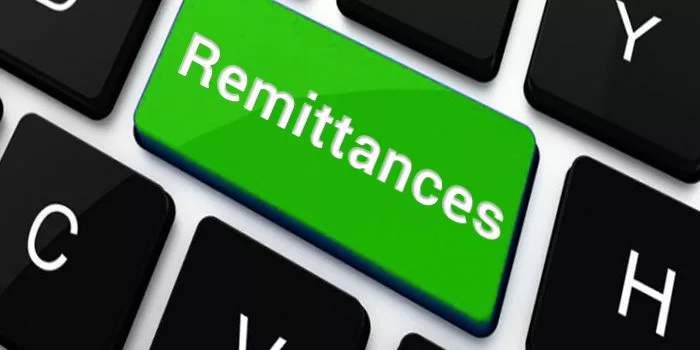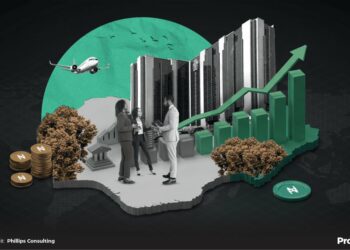Remittance flows have increased five-fold over the past twenty years, serving in a counter-cyclical capacity during economic downturns in recipient countries. COVID-19 has been a formidable test for global remittances. However, early forecasts of sharp declines greatly underestimated the resilience in remittances flows. A May 2021 report by the World Bank revealed a drop in remittances of only 1.6 per cent in 2020, to $540 billion from $548 in 2019. In 2021, remittance flows grew even further, reaching $605 billion sent to low- and middle-income countries.
The resilience of these flows is not surprising. Remittances are the financial side of the social contract that binds migrants to their families back home. While these inflows total in the billions, the number that matters the most to families is the average remittance of $200-$300 a month.
Behavioural shifts among migrants and the diaspora over the past year have further bolstered the resilience of remittances. Changes include increased use of savings to sustain remittance flows, greater utilization of formal sending channels and more migrants sending money home for the first time. Local currency depreciation in recipient countries and increased government support for formal migrants in host countries during the pandemic have also had an impact.
One of the greatest catalysts for formal remittances in recent times was the accelerated adoption of digital technology by migrant workers and their families. Both online and mobile digitisation have buoyed remittance flows during this challenging period and beyond. Mobile remittances alone increased 65 per cent during 2020 to $12.7 billion. This change was hastened by lockdowns and social distancing rules that spurred the move away from informal channels and the use of cash for senders and recipients. Digitisation is less costly than cash transfers and has reinforced the adoption of mobile money, thereby advancing the financial inclusion of migrants and their families.
This is good news for Nigeria, which had, prior to the advent of the pandemic, reached $25 billion per annum from family members in the diaspora, and was projected to receive annual remittances of $34 billion by 2024.
There can be no gainsaying the fact that the development is positive as it serves as a huge source of family upkeep in many instances, but also as a source of investment capital for small and medium scale enterprises, as well as a thriving real estate industry in Nigeria.
Without a doubt, Nigeria’s increasing youth population, with an entrepreneurial spirit and so much zest to succeed will continue to fill in the labour gap of the West’s aging population. In so doing, remittances to the home nation will continue to grow, oiling a symbiotic lasting relationship.
The IDFR recognises more than 200 million migrant workers, women, and men, who send money home to over 800 million family members. It highlights the great resilience of migrant workers in the face of economic insecurities, natural and climate-related disasters, and a global pandemic. The IDFR is now globally recognized and is a key initiative in the Global Compact for Safe, Orderly, and Regular Migration, which urges the reduction of transfer costs and greater financial inclusion through remittances.
Remittances, or “cross-border person-to-person payments of relatively small value,” serve as a vital lifeline to the developing world. Individual remittances may be of ‘relatively small value,’ but collectively these flows are three times greater than global official development assistance. Remittances underwrite many basic household needs and support skills formation and opportunities through education and entrepreneurship. These resources prove transformational for both households and local communities, enabling many families to achieve their ‘own SDGs.’
Given the circumstances, there is a need for the federal government, the private sector, development organisations and civil society to promote digital and financial solutions for remittances that foster greater social and economic resilience and inclusion.





